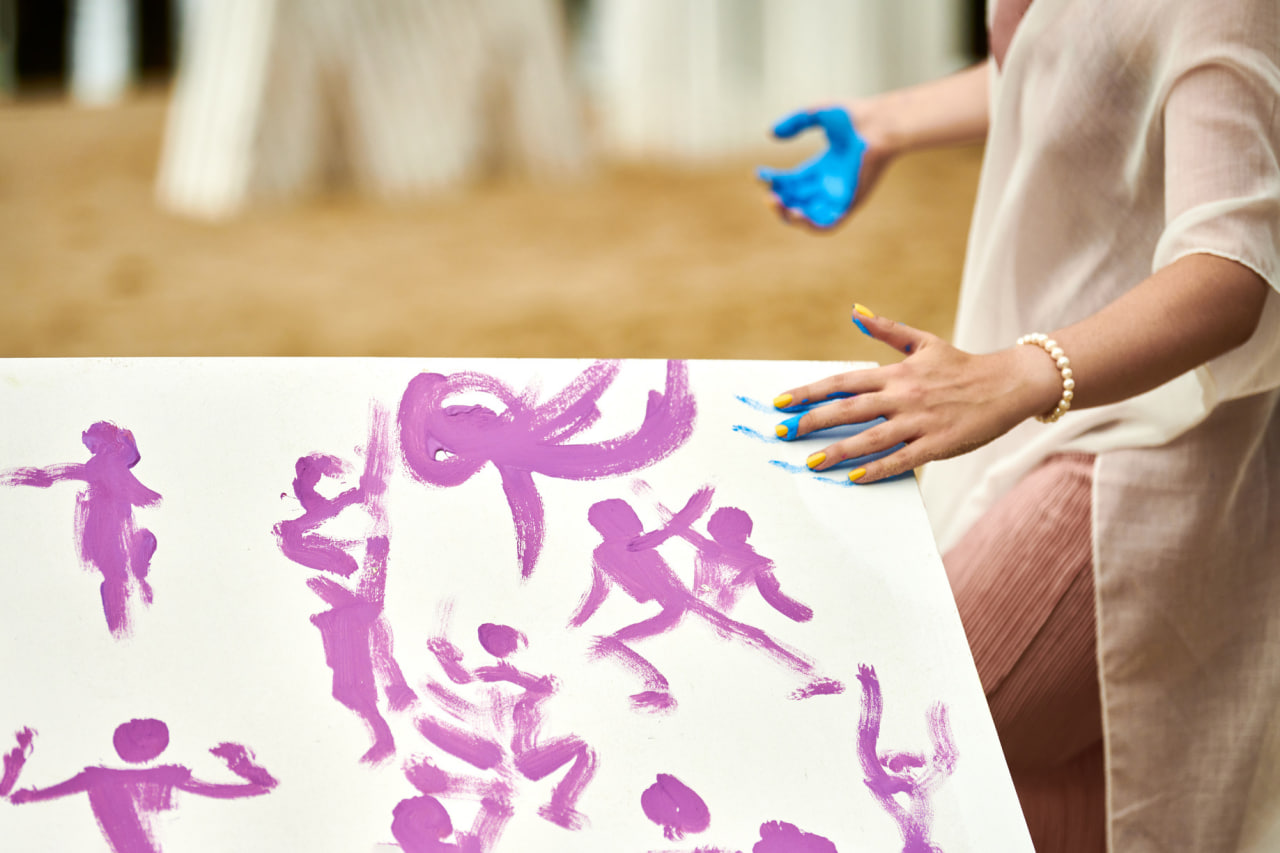Beginner’s Guide to Modern Calligraphy
Modern calligraphy is a creative and accessible way to turn ordinary writing into an art form. Unlike traditional scripts, modern calligraphy allows more freedom with style, spacing, and flourish, making it perfect for beginners who want to explore lettering at their own pace. This guide will introduce essential tools, techniques, and tips to help you start your calligraphy journey with confidence.
Understanding Modern Calligraphy
Modern calligraphy combines the structure of traditional letterforms with contemporary creativity. It emphasizes personal style, fluidity, and expression, making each project unique. Unlike rigid historical scripts, modern calligraphy encourages experimentation, allowing artists to create lettering that reflects their personality. Beginners can approach this art without the pressure of perfection, focusing on practice, rhythm, and creative flow.
Essential Tools for Beginners
Choosing the right tools is the first step in learning modern calligraphy. Beginners don’t need expensive or professional-grade supplies, but having the basics ensures a smoother learning experience.
- Pens and Nibs – Brush pens are ideal for beginners because they offer flexibility and control without the need for ink dipping. Pointed nibs and dip pens are also popular for more advanced techniques.
- Ink and Paint – Water-based inks are beginner-friendly, offering smooth application and easy cleanup. Some artists also use watercolor paints to create soft gradients and blended effects.
- Paper – Smooth, bleed-resistant paper is crucial for achieving clean lines. Practice pads designed for calligraphy or marker paper work well for beginners.
- Guidelines – Lightly drawn pencil lines help maintain consistent letter size and angle, aiding early practice sessions.
Learning Basic Strokes
The foundation of modern calligraphy lies in mastering basic strokes. These strokes form the building blocks of every letter. Beginners should practice:
- Upstrokes – Thin lines created by applying minimal pressure.
- Downstrokes – Thicker lines achieved by applying more pressure.
- Curves and Loops – Smooth, controlled movements connecting strokes.
Repetition is key. Practicing these strokes daily develops muscle memory, enabling more fluid and confident writing.
Forming Letters and Words
Once comfortable with strokes, beginners can start forming letters. Focus on lowercase letters first, as they are simpler and often repeated more frequently in words. Practice spacing and proportion to ensure letters flow naturally. After mastering individual letters, move on to connecting letters into words, paying attention to rhythm and consistency.
Exploring Flourishes and Personal Style
Flourishes are decorative elements that enhance modern calligraphy. Once basic letters are mastered, beginners can experiment with swirls, loops, and embellishments to add personality to their work. The key is to balance creativity with readability, ensuring the final piece remains elegant and cohesive.
Practice Tips for Beginners
Consistency and patience are essential for progress in calligraphy. Some practical tips include:
- Short, Focused Sessions – Practice for 15–30 minutes daily to build skill without fatigue.
- Tracing and Copying – Use guides or exemplars to understand letter shapes and movement.
- Start Simple – Begin with short words or phrases before attempting complex quotes.
- Record Progress – Keeping a journal of practice sheets helps track improvement and motivates continued learning.
Applying Calligraphy to Projects
Modern calligraphy can be applied to a wide range of creative projects. Invitations, greeting cards, journals, and home décor all benefit from hand-lettered designs. Beginners can start with small projects to see their progress come to life, gradually moving on to larger or more complex pieces as confidence grows.

